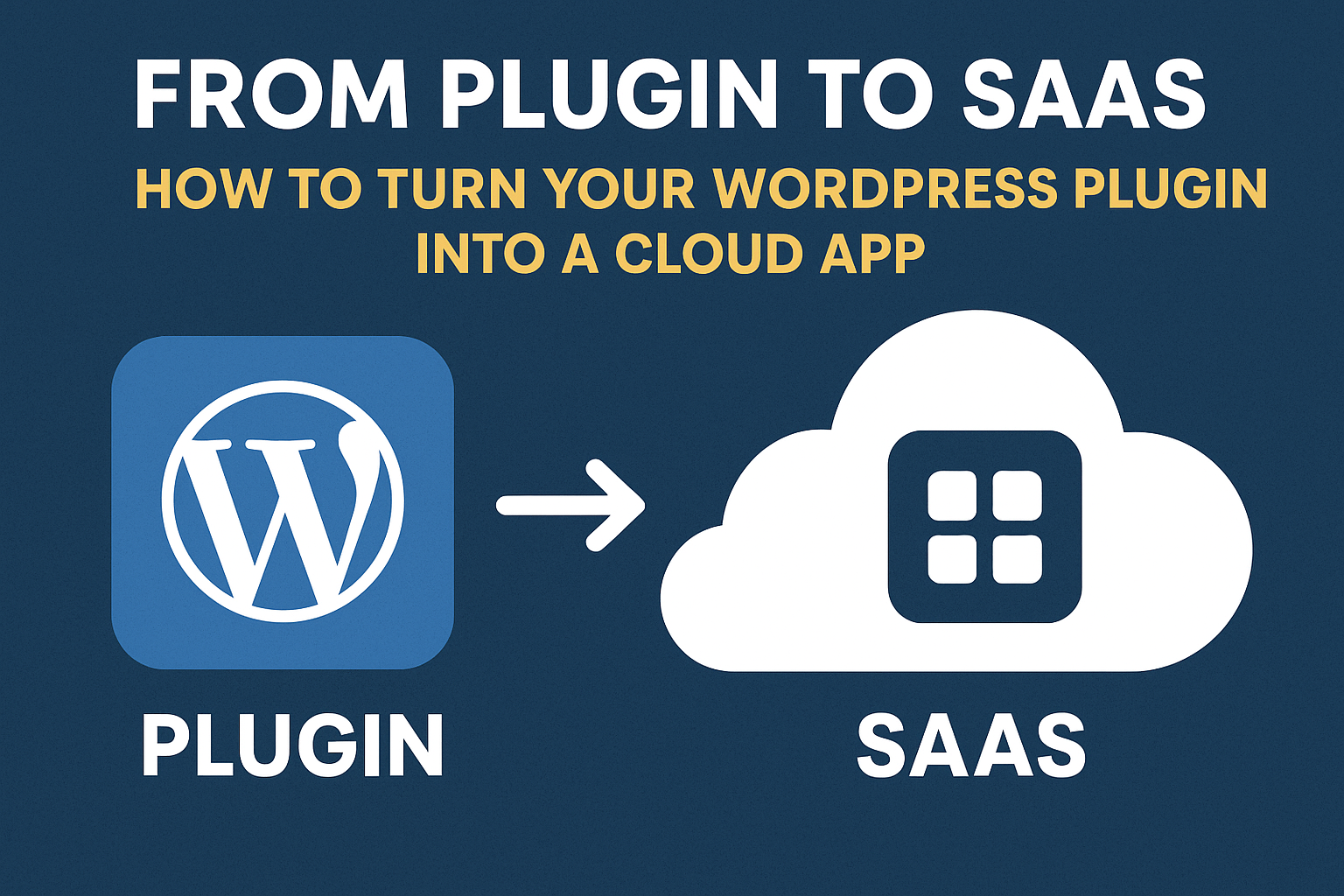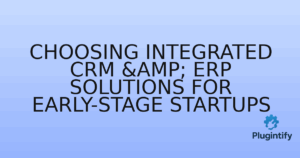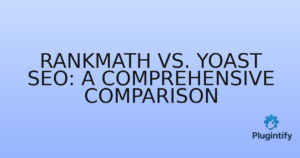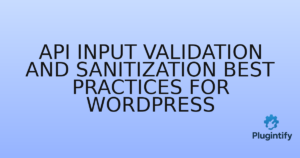From Plugin to SaaS: How to Turn Your WordPress Plugin into a Cloud App
Introduction
Most WordPress developers stop at building plugins — but what if your next big step is turning that plugin into a fully hosted SaaS (Software as a Service)? This move can open doors to recurring revenue, better scalability, and a global audience. In this guide, we’ll explore exactly how to turn your WordPress plugin into a powerful cloud-based app in 2025.
🚀 Why Turn a WordPress Plugin into a SaaS?
Plugins are amazing, but they come with limits: dependency on WordPress, update headaches, and inconsistent licensing. A SaaS version gives you full control — you host the app, manage updates centrally, and deliver the same features to any platform.
- Recurring income: Subscription-based pricing ensures predictable monthly revenue.
- Platform independence: No WordPress installation required for users.
- Instant updates: Push changes live without users updating manually.
- Better analytics: Collect usage data and user behavior insights in real time.
🧩 Step 1: Identify Core Features Worth Hosting
Not every plugin is meant to become a SaaS. Focus on the value that makes sense in the cloud. Examples:
- Plugins that rely on external APIs (e.g., SEO analyzers, image optimizers).
- Plugins that manage user data or dashboards.
- Plugins that need real-time collaboration or centralized control.
Example: If your plugin is an image optimizer, you can turn it into a cloud service that processes images remotely, offering faster performance and better control.
⚙️ Step 2: Build the Cloud Infrastructure
Your plugin will now communicate with a cloud backend. Here’s what you’ll need:
- Backend stack: Use Laravel, Symfony, or Node.js with REST or GraphQL API.
- Database: MySQL, PostgreSQL, or MongoDB depending on data type.
- Cloud host: AWS, DigitalOcean, or Vercel for scalability and uptime.
- Authentication: Implement OAuth2 or JWT tokens for secure access.
The WordPress plugin becomes a client interface — it connects to your cloud API and sends/receives data securely.
🔌 Step 3: Transform the Plugin into a Client
Your old plugin’s backend logic now lives in the cloud. Update your plugin to communicate with your SaaS API instead:
$response = wp_remote_post( 'https://api.yoursaas.com/analyze', [
'body' => [
'site_url' => get_site_url(),
'api_key' => get_option('saas_api_key')
]
]);
This way, users still manage your plugin inside WordPress — but all processing happens remotely.
💳 Step 4: Implement a Subscription System
To sustain your SaaS, implement secure billing and access control.
- Stripe — best for recurring payments and customer portals.
- Paddle — handles VAT and global compliance automatically.
- Lemon Squeezy — simple integration with developer-friendly APIs.
Each user should have a unique API key or token linked to their plan. Expired plans automatically limit API access.
📈 Step 5: Create a Scalable Pricing Model
Think beyond “single vs. pro license.” SaaS success depends on pricing tiers:
- Free tier: Limited usage or features to attract users.
- Pro tier: For serious customers — increased limits or premium features.
- Enterprise: White-label options or priority support.
Example pricing strategy:
| Plan | Price | Main Benefit |
|---|---|---|
| Starter | $9/mo | Basic features + 1 site |
| Pro | $29/mo | Full API + analytics |
| Enterprise | $99/mo | Custom limits + support |
🧠 Step 6: Add Analytics and Insights
In SaaS, data is everything. Track usage to improve features and user experience:
- Monitor API requests per user.
- Measure feature engagement.
- Use tools like PostHog or Mixpanel for real-time analytics.
🧑💻 Step 7: Secure Your SaaS Environment
Security is critical when handling user data in the cloud. Follow best practices:
- Use HTTPS (TLS 1.3 minimum).
- Validate every request server-side.
- Encrypt API keys and personal data.
- Apply rate limiting to prevent abuse.
🌐 Step 8: Market Your SaaS to Existing Users
Your plugin users are your best starting audience. Offer a smooth transition:
- In-plugin notices: “Try our cloud version for faster performance.”
- Offer early adopter discounts.
- Provide a migration tool or import feature.
Don’t forget SEO! Create dedicated landing pages optimized for “WordPress SaaS” and “cloud plugin” keywords.
🧩 Example: From Plugin to SaaS — Real Case Study
WP Rocket → RocketCDN: Started as a WordPress caching plugin and expanded to a cloud-based CDN service integrated directly into their plugin.
Akismet: Originally a plugin, now a full-blown spam detection SaaS with REST APIs used across multiple platforms.
🎯 Conclusion
Turning your WordPress plugin into a SaaS app isn’t just a technical shift — it’s a business evolution. You gain full control, recurring revenue, and the freedom to grow beyond the WordPress ecosystem. Start by identifying your plugin’s core value, build a secure API backend, and deliver a seamless user experience.
By 2025, cloud-based plugins are no longer optional — they’re the future of WordPress innovation.
📚 Related Articles:
- Top 10 Hidden WordPress Plugins You Didn’t Know Could Supercharge Your Site in 2025
- AI Plugin Booster: How Artificial Intelligence is Changing WordPress Plugin Development
Published by Plugintify — The Hub for WordPress Plugin Developers.




